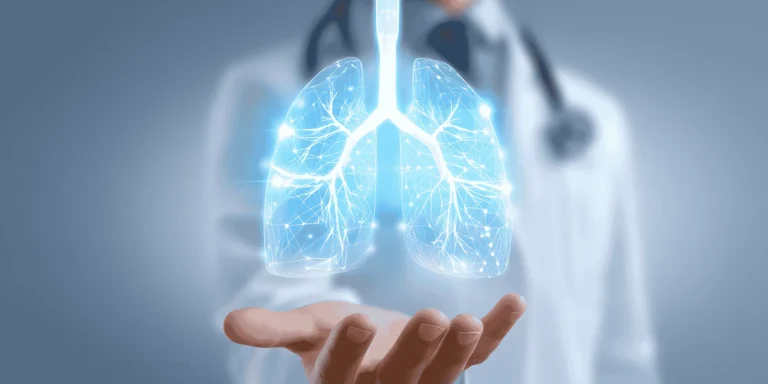Ear infections often follow colds because the same congestion that stuffs up your nose can block the tubes connecting your ears to your throat. When these tubes can’t drain properly, fluid builds up and creates a perfect environment for bacterial growth.
The good news is that several strategies can help prevent that cold from turning into a painful ear infection.
Keep Congestion Under Control
Managing your nasal congestion is the most important preventive step. When your nose is less congested, the tubes connecting to your ears can drain better.
Use saline nasal spray or rinses several times daily while you’re sick. This keeps mucus thin and flowing instead of thick and stuck.
Decongestants like pseudoephedrine can help, but don’t use them for more than a few days. They work by shrinking swollen tissues and opening up drainage pathways.
I had a patient last winter who got ear infections after every single cold. Once we started treating her nasal congestion more aggressively from day one of each cold, the ear infections stopped happening.
Stay Well Hydrated
Drinking plenty of fluids keeps mucus thin throughout your entire respiratory system, including those ear drainage tubes. Aim for 8-10 glasses of water daily when you’re fighting a cold.
Warm liquids like tea or broth work especially well. The warmth helps loosen congestion.
Blow Your Nose Gently
Here’s something most people don’t realize—blowing your nose too hard can actually force bacteria up into your ear tubes. Blow gently, one nostril at a time, rather than forcing air through both sides at once.
Better yet, use those saline rinses to clear mucus without the pressure that hard nose-blowing creates.
Avoid Lying Completely Flat
When you sleep flat, mucus pools and drainage slows down. Prop yourself up with extra pillows to encourage fluid to drain away from your ears.
This is especially important for kids who are prone to ear infections. Even a slight elevation helps.
Don’t Smoke or Expose Yourself to Secondhand Smoke
Smoke irritates all the tissues in your respiratory tract and interferes with normal drainage. If you smoke, a cold is a great time to cut back. If others in your household smoke, ask them to do it outside.
Treat Allergies Proactively
If you have allergies on top of your cold, that’s double the inflammation and congestion. Keep taking your allergy medications throughout your cold—don’t stop them thinking they won’t help.
Watch for Warning Signs
Even with prevention efforts, some ear infections still develop. Pain, pressure, muffled hearing, or fluid draining from your ear all signal infection.
Fever along with ear pain especially needs evaluation. Through our chat-based telemedicine system, I can assess your symptoms and determine if you need antibiotics.
Special Considerations for Kids
Children get ear infections more frequently because their ear tubes are shorter and more horizontal, making drainage harder. Everything I mentioned above applies even more to kids.
If your child gets repeated ear infections after colds, talk to a doctor. Sometimes additional preventive strategies or even surgical tubes become necessary.
Most colds don’t have to lead to ear infections. Taking these steps early—from the first day of your cold—gives you the best chance of avoiding that painful complication.











